Street beverages are drinks available for purchase at local water stalls, vendors, or hawkers. To attract customers, locals tend to set up their businesses at local spots like markets, fairs, or parks.
Usually, people set up booths, carts, or food trucks at their desired location. Furthermore, drinks are often quick to make to serve customers with takeaway requests.
In terms of ingredients, these street-side refreshments make full use of local ingredients along with simple flavor enhancers to create a quick and convenient mix.
Additionally, the range of drinks varies differently from country to country, with options like fruits, soft drinks, tea, smoothies, and more.
Another factor is affordability since drinks sold on the street are meant to serve locals at a reasonable or even low price.
For more details on how street beverages have developed, you should keep on reading!
Also, let’s explore the elements that contribute to the flavor of these drinks as well as their preparation methods.
Afterward, you should also look into the countries that have these beverages along with food items to have alongside.
Plus, I’ll leave you with some more frequently asked answers relating to the topic of street beverages.
Street Beverage Images
List of Street Beverages with Filters

Ayran is a Turkish cold drink made from yogurt, water, and salt.
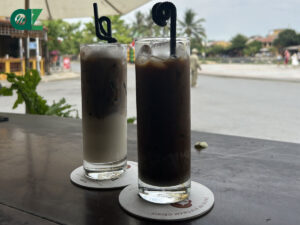
Bạc xỉu is a sweet Vietnamese coffee due to it contains more milk than coffee.

Cà phê đá is a strong Vietnamese iced coffee known for its robust and bitter flavor due to Robusta beans.

Cà phê sữa đá is a traditional Vietnamese iced coffee sweetened with condensed milk and served over ice.

Cam vắt is the Vietnamese version of orange juice, which is made by squeezing fresh oranges.

Nước dừa is Vietnamese for coconut water, the sweet and transparent liquid extracted from young coconuts.
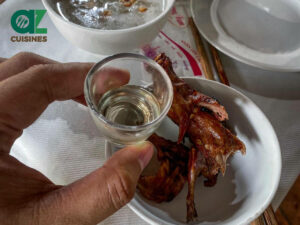
Rượu đế is a traditional Vietnamese spirit, typically distilled from rice or other grains with a high alcohol content.

Sữa đậu nành is the Vietnamese version of soy milk, a type of plant milk derived from soybeans.

Trà sữa trân châu is a Taiwanese-inspired beverage in Vietnam consisting of milk tea with chewy tapioca pearls.

Trà tắc is a Vietnamese refreshment made by infusing tea with kumquat juice.
How Street Beverage Culture Has Evolved?
In each country, the history of street beverages takes on various different paths of development, creating the uniqueness of these drinks.
Furthermore, there are many factors that greatly impact street-side refreshments:
- Historical Roots: Street beverage culture has been around for centuries, often associated with local markets and public gatherings. Herbal teas, fruit juices, and local alcoholic drinks are common street drinks.
- Cultural Influences: Local customs and culinary traditions greatly shape the types of beverages offered in street food settings. For example, tea is more popular in parts of Asia, while fruit juices or coffee could be preferred in other regions.
- Climate and Geography: The climate of a region influences the demand for certain types of beverages. For instance, warmer climates favor refreshing, cold drinks, while hot beverages like tea, coffee, or hot chocolate are more popular in cooler climates.
- Economic Factors: The affordability of ingredients and the economic status of consumers can affect what beverages are sold.
- Consumer Preferences: Trends and consumer tastes, which can vary widely between regions and age groups, play a significant role.
- Health and Safety Regulations: Different countries have varying regulations regarding food safety, which can impact the preparation and sale of beverages.
- Seasonality: The availability of seasonal ingredients can influence the types of beverages offered.
- Tourism and Global Influence: In tourist-heavy areas, there is a blend of local and international beverage options to cater to diverse tastes. Globalization also plays a role in spreading beverage trends across borders.
- Technological Advancements: Innovations in storage, refrigeration, and transportation can affect what beverages can be feasibly sold in a street food context.
Moreover, the selection and quality of ingredients used in street beverages are crucial, as they not only define the flavor profiles but also reflect the local agriculture and trade practices.
What Ingredients Are Used in Street Beverages Across Countries?
Ingredients are what give drinks their unique taste and profile. For that, countries utilize all sorts of elements to produce their desired flavor:

Fruits
Lemons, oranges, apples, pineapples, watermelons, mangoes, etc.
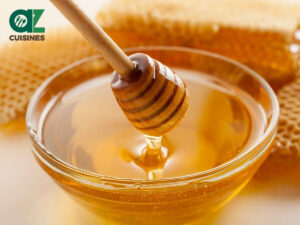
Sweeteners
Sugar, honey, agave syrup, stevia, etc.

Dairy Products
Milk, condensed milk, cream, yogurt, etc.
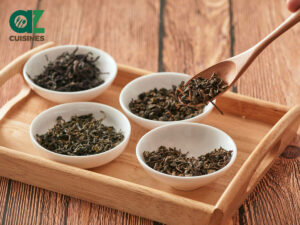
Tea and Coffee
Various types of tea leaves, coffee beans, etc.
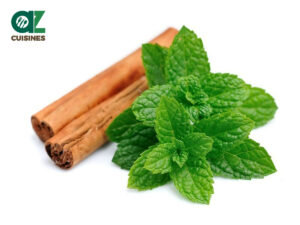
Herbs and Spices
Mint, ginger, cinnamon, etc.

Alcohol
Beer, wine, spirits, etc.
To learn about the important ingredients that make street beverages taste so good all over the world, check out this guide about the main ingredients that often feature in the preparation process of these beverages.
What Are the Common Methods of Preparation for Street Beverages by Countries?
The process of creating these drinks provides an exciting look at how locals in each country adopt them differently. Here are some methods of making street drinks in various nations:

Brewing
Used for coffee and tea, with variations like Turkish coffee and chai.

Blending
For smoothies and milkshakes, blending fruits, yogurt, and ice.

Steeping
Essential for herbal teas and infusions, including yerba mate in South America.
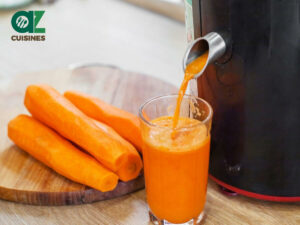
Juicing
For fresh fruit and vegetable juices, popular in tropical regions.
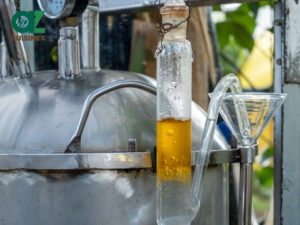
Distilling
For local spirits and homemade liquors in some rural areas.
For an in-depth exploration of street food cooking techniques, visit our specialized page on the subject.
Once you’ve noted down the methods of making these refreshments, go one step further by learning how these drinks are consumed with the right etiquette rules.
What Are the Common Drinking Etiquette Rules for Consuming Street Drinks Across Countries?
Several countries are renowned for their exceptional street beverages, each offering unique and flavorful options:
Group Dynamics
In a group setting, especially involving alcohol, it’s customary for everyone to take a drink after a toast.
Sipping and Enjoyment
Some countries around the world enjoy small sips of drinks at a time. This allows people to have a lot of time to engage in conversations or simply just street-viewing.
Seating Etiquette
At street-side drink shops, it’s common to sit on low stools. Joining others at a table, even strangers, is not unusual and can be seen as a friendly gesture.
Tea Culture
Tea is a central part of social life. It’s customary to drink tea slowly and engage in conversation. This is particularly true in settings like tea houses and gatherings.
Elders First
Showing respect to elders is crucial. In a group setting, it’s common practice to serve tea to the eldest first or allow them to initiate the drinking.
Communal Sharing
Sharing drinks, especially in a group, is a way of fostering community and connection.
Next, let’s discover some nations that offer the best street beverages for people to quench their thirst.
Which Countries Are Renowned for Having the Best Street Beverages?
Several countries are renowned for their exceptional street beverages, each offering unique and flavorful options. Here’s a list arranged according to their global popularity:
- Italy: Famous for its coffee, Italy’s streets offer various types of espresso-based drinks, as well as granita, a semi-frozen dessert beverage.
- Brazil: In Brazil, the nation has drink stalls and stands spanning everywhere, with caldo de cana (sugarcane juice) widely popular.
- Japan: While known for its teas, Japan also offers a variety of street beverages, including Ramune (a carbonated soft drink) and various types of vending machine coffees and teas.
- Mexico: Known for its aguas frescas, a variety of refreshing beverages made from fruits, cereals, or seeds, blended with sugar and water.
- Thailand: Thai iced tea and iced coffee are both popular and distinctive for their strong flavors and creamy sweetness.
- Vietnam: The country is famous for its coffee along with a wide range of sweet tea.
- India: Indians are known for their hearty chai, often cooked directly on the side of the street.
- South Korea: Offers a range of unique street beverages like banana milk and various fruit-flavored teas and drinks.
- Turkey: Tea is an essential part of the country’s list of refreshments, with Çay (Turkish tea) being a popular pick.
Next, let’s discover a few more pieces of information that revolve around the features that make street drinks different from traditional beverages.
What Are the Typical Dishes to Accompany Street Beverages?
All over the world, each country has its own culinary interpretation to enjoy with these street-side refreshments. For that, let’s explore the food options that often go with these drinks:
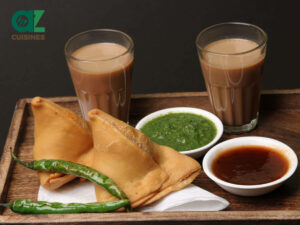
Street Snacks and Finger Foods
Samosas, empanadas, pretzels, spring rolls, tacos, falafel, and pakoras. These are easy to eat on the go and complement the casual nature of street beverages like tea, fruit juices, or lemonade.

Fast Food Items
Burgers, hot dogs, sandwiches, fries, and pizza slices. These are popular in many parts of the world and pair well with coffee, sodas, or soft drinks.

Local Street Food Specialties
Every region has its own street food delicacies that pair well with local street beverages. For example, in Mexico, you might have tacos with horchata, or in India, spicy chaat goes with a sweet lassi.
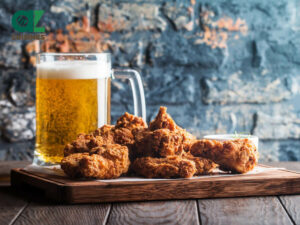
Fried Foods
Fried chicken, fish and chips, tempura, and churros. The greasy and savory nature of fried foods often makes them a good match for sparkling water, beer, or cola.

Sweet Treats
Ice cream, crepes, waffles, doughnuts, and pastries. These can be a great accompaniment to coffee-based or sweetened tea.

Grilled Items
Kebabs, grilled corn, barbecue ribs, and skewered meats. The smoky flavor from grilling complements many street beverages, especially light beer, iced tea, and lemonade.
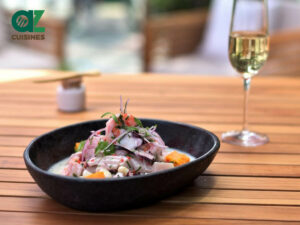
Seafood
Ceviche, sushi rolls, shrimp cocktails, and fish tacos. In coastal areas, these are popular and pair well with white wine or sour drinks.
To know more about street beverages, you should check out a few inquiries that come with interesting information.


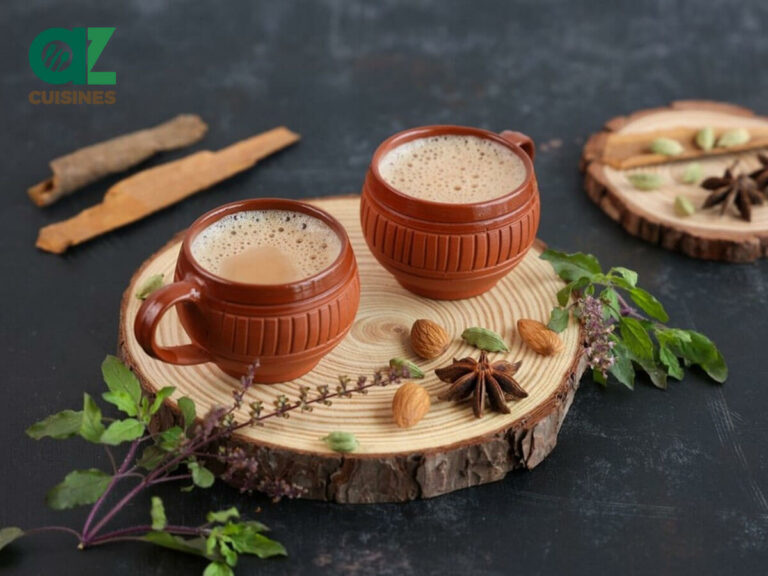

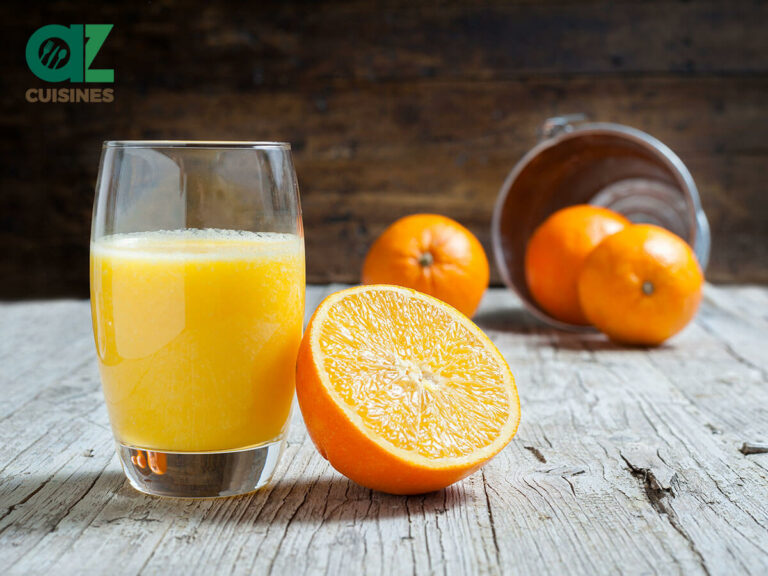
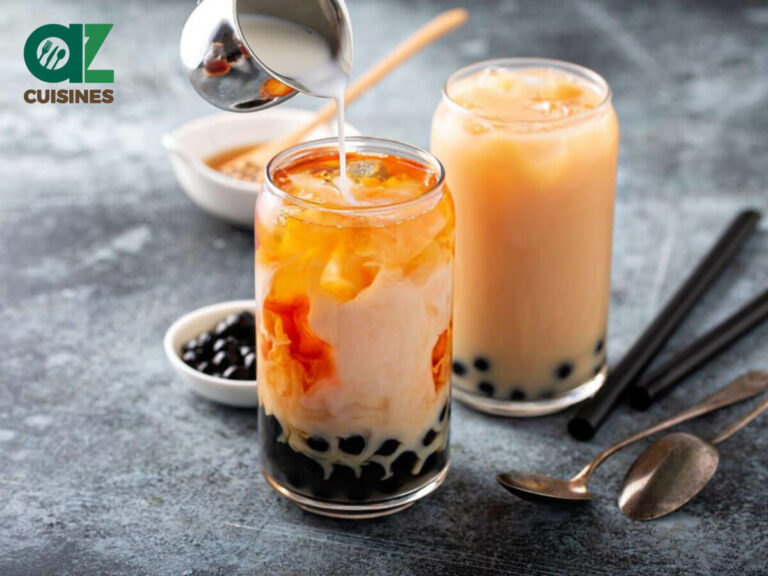

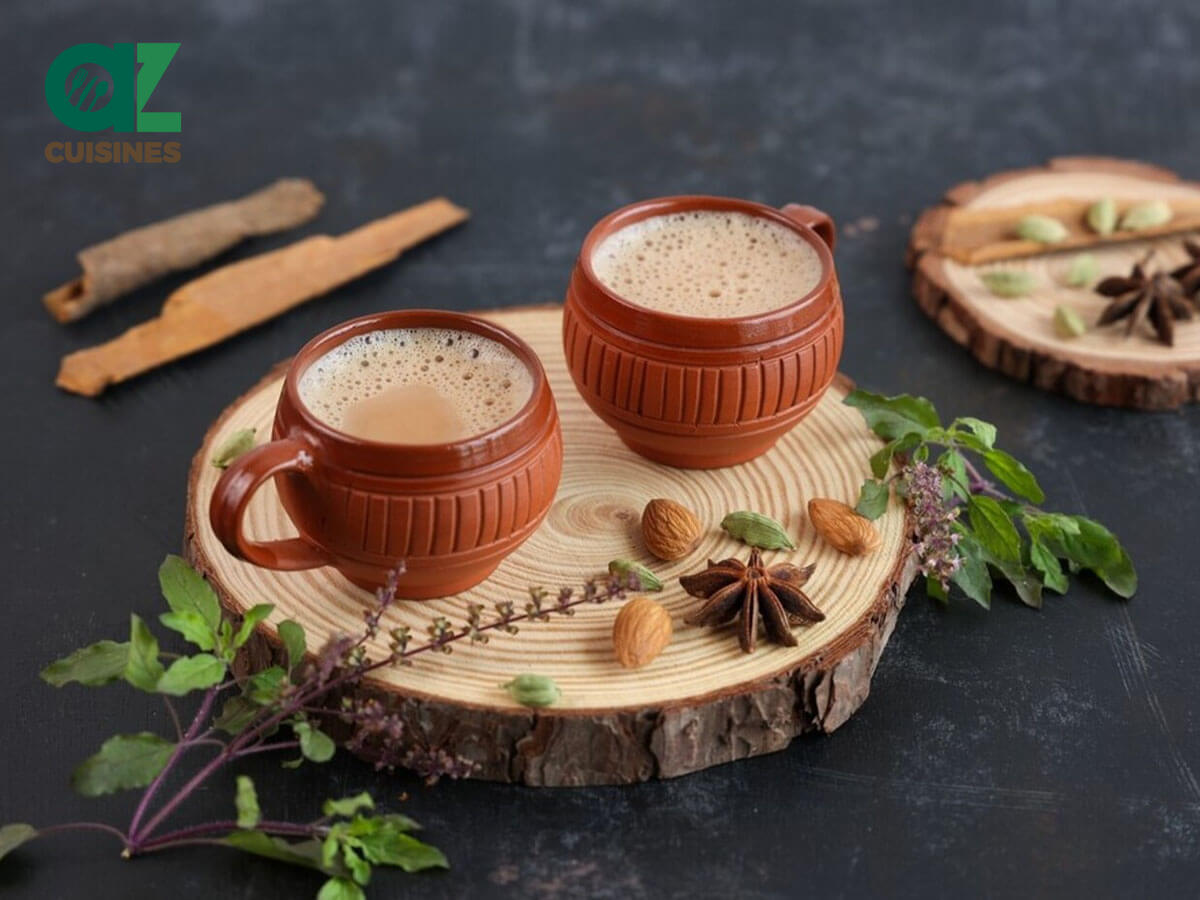
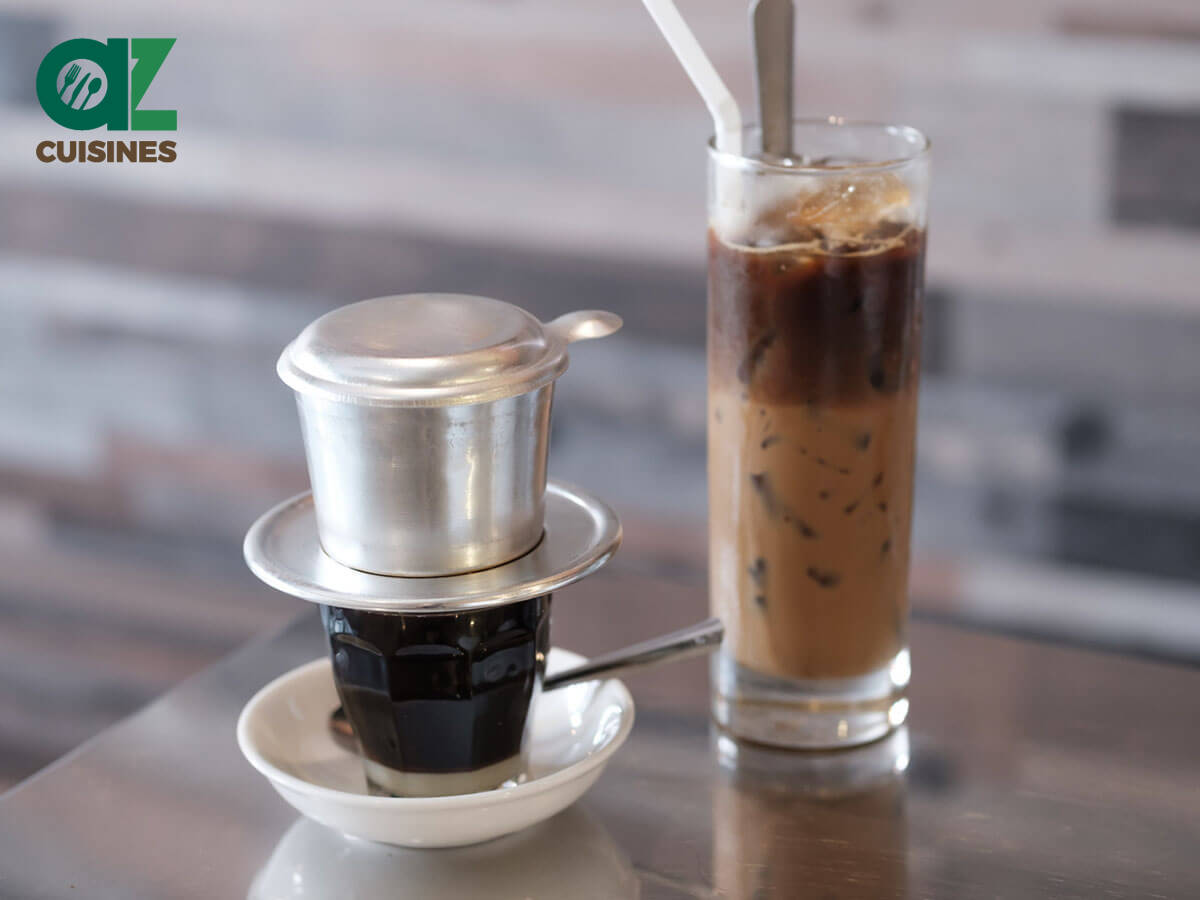

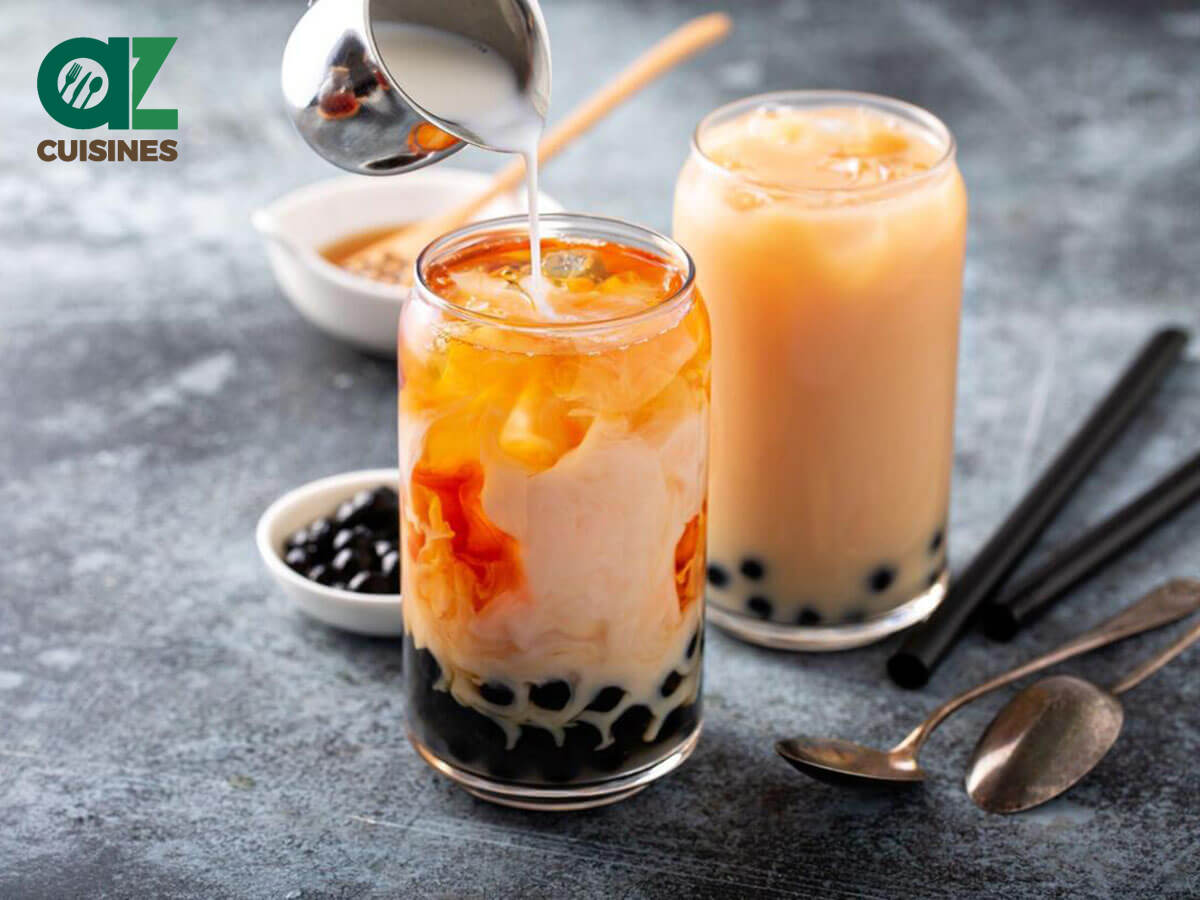

Adam Sam
Senior Food and Drink Editor
Expertise
Food Writer & Recipe Developer, Recipe Tester, Bartender, Cooking-video Maker, Editor In Chief
Education
Adam Sam, an experienced food writer and recipe developer, is passionate about blending diverse culinary traditions, national dishes, and innovative beverages, showcasing his proficiency in both traditional and modern recipe testing.
As the Editor-in-Chief, he elevates culinary content from street food to fine dining, focusing on Western cuisine and types of drinks at azcuisines.com, and is professional in creating engaging cooking videos that simplify complex dishes and ingredients.
His passion for food is evident in his writing, where he uniquely merges various cultures, traditions, and contemporary trends, skillfully combining classic recipes with modern cooking methods.